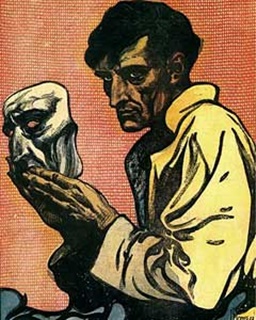Goth Chick News: Rare Footage of Steven Spielberg NOT Directing Poltergeist…
Setting aside the fact that Poltergeist is one of the most celebrated horror films of all time, a burning question has been the cause of endless debate among fans: who really directed the film?
What? Have you never heard this story?
Well me either until this week – so here goes.
While Tobe Hooper – certified genre legend for helming The Texas Chainsaw Massacre – is the credited director, there has long been debate around whether or not it was in fact producer Steven Spielberg who did most, if not all, of the directing.
The rumor about Spielberg’s creative control began way back in 1982 with an L.A. Times feature on the making of Poltergeist that ran before the film’s release. In it, Spielberg contrasted his input with Hooper’s: “Tobe isn’t what you’d call a take-charge sort of guy. He’s just not a strong presence on a movie set. If a question was asked and an answer wasn’t immediately forthcoming, I’d jump up and say what we could do. Tobe would nod agreement, and that became the process of the collaboration.”
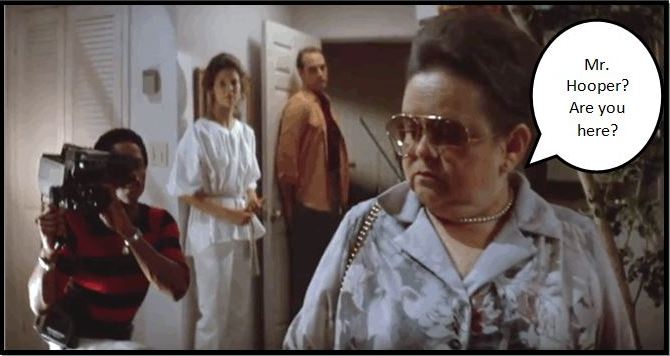
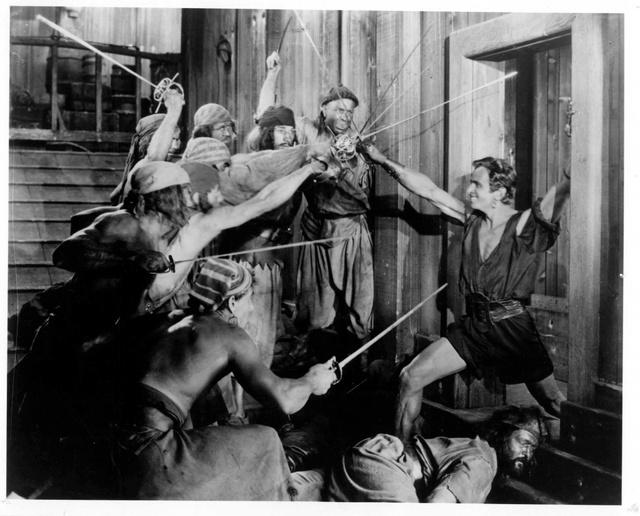
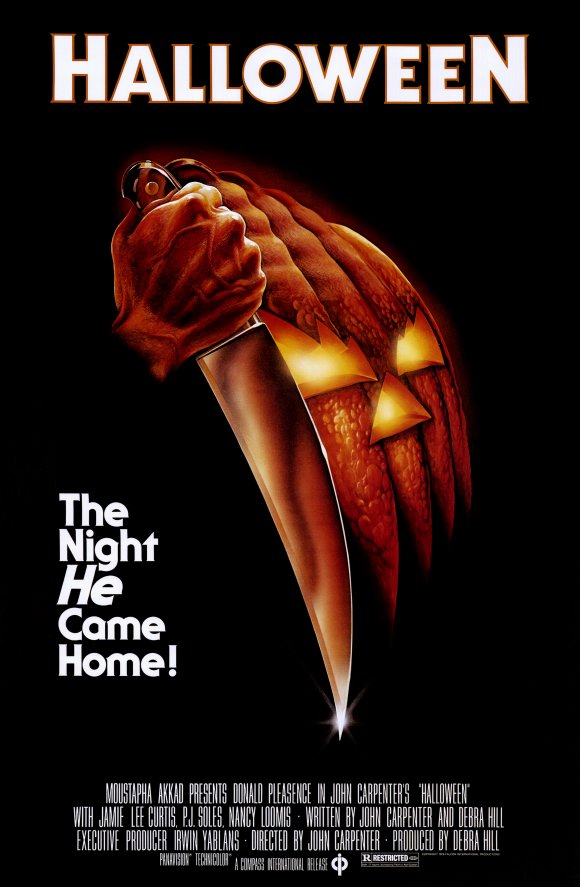
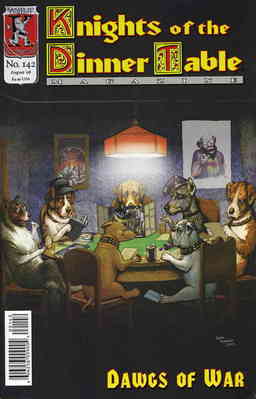
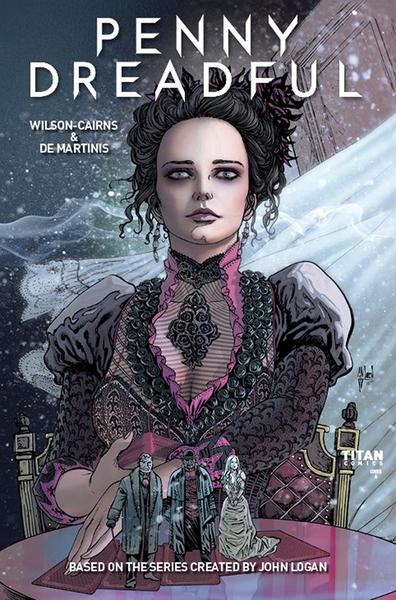
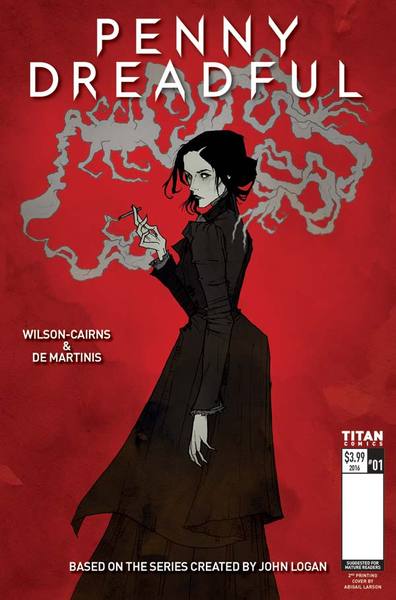
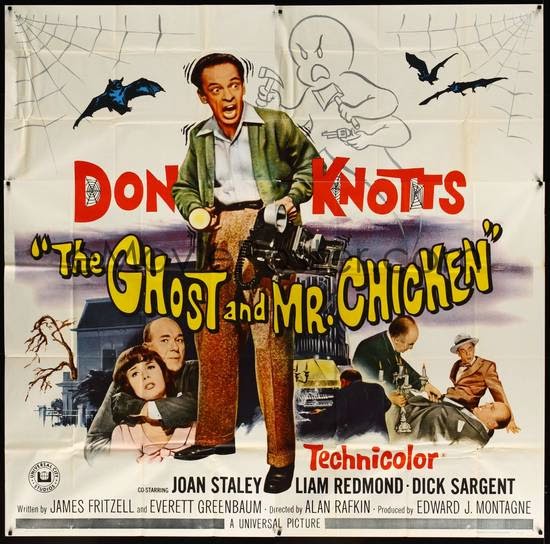

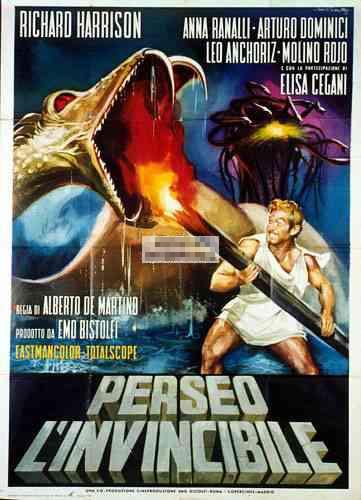
 I don’t know if I’ve mentioned it before, but I’m married to a builder. Over the years I’ve observed (judging by the level of bitching) that it’s easier to start from scratch than it is to retrofit. Still, there’s a way to do it well, and a way to screw it up.
I don’t know if I’ve mentioned it before, but I’m married to a builder. Over the years I’ve observed (judging by the level of bitching) that it’s easier to start from scratch than it is to retrofit. Still, there’s a way to do it well, and a way to screw it up.